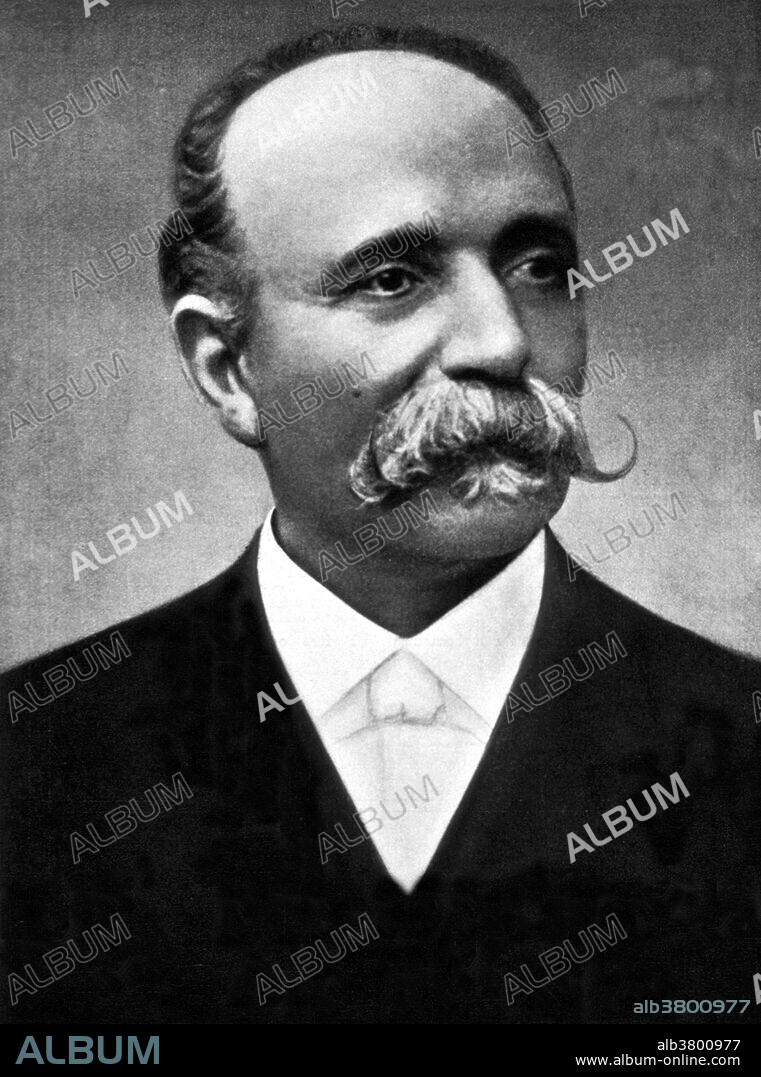alb3800977
Camillo Golgi, Italian Pathologist

|
Zu einem anderen Lightbox hinzufügen |
|
Zu einem anderen Lightbox hinzufügen |



Haben Sie bereits ein Konto? Anmelden
Sie haben kein Konto? Registrieren
Dieses Bild kaufen.
Nutzung auswählen:

Titel:
Camillo Golgi, Italian Pathologist
Untertitel:
Siehe automatische Übersetzung
Camillo Golgi (1843-1926) was an Italian physician, pathologist, scientist, and Nobel laureate (1906). Golgi spent much of his career studying the central nervous system. He discovered a method of staining (using silver) nervous tissue which would stain a limited number of cells at random, in their entirety. This enabled him to view the paths of nerve cells in the brain for the first time. He called his discovery the "black reaction", which later received his name. Golgi also discovered a tendon sensory organ that bears his name, Golgi receptor. He studied the life cycle of Plasmodium and related the timing of tertian and quartan fevers seen in malaria with the life cycle of the organisms; Plasmodium vivax and Plasmodium malariae. Golgi identified the intracellular reticular apparatus in 1898 which bears his name, the Golgi apparatus. He lived to be 82 and died of natural causes.
Bildnachweis:
Album / NLM/Science Source
Freigaben (Releases):
Bildgröße:
2850 x 3833 px | 31.3 MB
Druckgröße:
24.1 x 32.5 cm | 9.5 x 12.8 in (300 dpi)
Schlüsselwörter:
ARZT • BERÜHMT • BERÜHMTE PERSÖNLICHKEIT • DOKTOR • EUROPAEER (F M) • EUROPAEER • EUROPÄER (F M) • EUROPÄER • EUROPÄISCH • MANN • MEDIZINER • NATURWISSENSCHAFTLER • NOBEL • NOBELPREIS • NOBELPREISTRAEGER • NOBELPREISTRÄGER • NOTABEL • PATHOLOGIE • PERSON • PERSöNLICHKEITEN • PERSÖNLICHKEITEN • PORTRAIT • PROMINENZ • WISSENSCHAFTLER • WISSENSCHAFTLICH
 Pinterest
Pinterest Twitter
Twitter Facebook
Facebook Link kopieren
Link kopieren Email
Email
